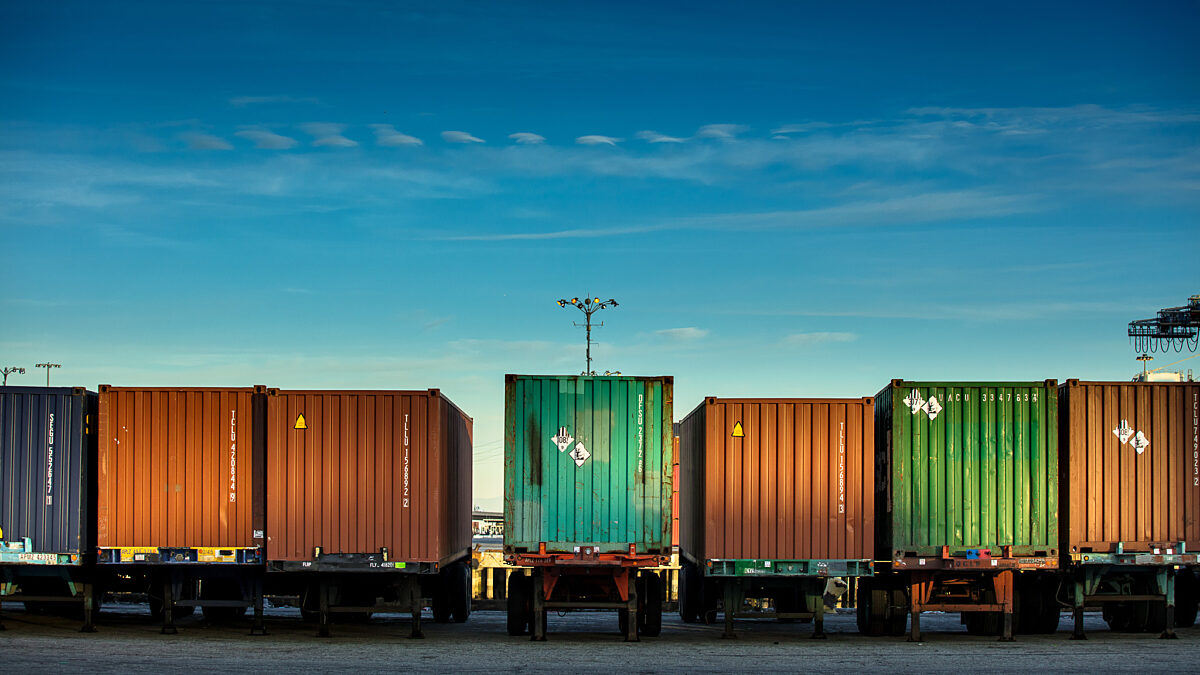Supply Chain, Labor Shortages and School Lunch
TOPICS
Supply ChainGuest Author
Special Contributor to FB.org

photo credit: Getty
Guest Author
Special Contributor to FB.org
By Garrett Hawkins @JGarrettHawkins
In March 2020, there wasn’t a roll of toilet paper to be found. Did you need a new appliance last summer? Good luck taking one home from your local electronics store. What about a new car? Dealerships that I drive by look like they’ve been picked as clean as a pumpkin patch in late October.
The root cause of all of these, and many more, issues? Supply chain disruptions have backed up industries across the board, from agriculture to electronics to children’s toys to paperback books. Freight shipping companies have vessels backlogged up and down the coasts of countries worldwide, just waiting to dock at a local port.
Let’s be clear: there is no shortage of food.
These disruptions are now starting to strike closer to home for many parents via their child’s school lunch program. Schools throughout our state and nation are struggling to get meals in the hands of our kids for breakfast and lunch. School lunch professionals are getting creative with the food they do have, but there are only so many ways to serve and prepare refried beans. A young student recently shared with me that he had ham three times in one school week, each served a different way—including rolled up and put on a hot dog bun. Schools are even having trouble getting government commodities such as canned fruit and vegetables, which are plentiful. Local farmers and Farm Bureau members are trying to help by supplying local food, but there is a lot of red tape to cut through.
Let’s be clear: there is no shortage of food. The problem is that the supply chain for school meals has been disrupted by the same challenges that are plaguing businesses across the country, with labor being a primary issue.
According to the Department of Labor, 7.7 million Americans are unemployed and an additional 6 million Americans have stopped looking for work altogether. That’s 13.7 million Americans on the sidelines today, but job growth is slowing. In its most recent report, the Department of Labor announced that the U.S. added only 194,000 jobs in September. That’s far fewer than expected, and with 10.4 million job openings, it’s difficult to understand the mismatch in supply and demand in the labor market.
What we do know is that throughout the supply chain workers are needed. In the case of food for kids, suppliers are seeking help to sort and fill orders at warehouses and haul food to schools. Processors need workers, too. Schools are struggling to find enough substitute teachers, bus drivers, teacher’s assistants and, yes, school lunch professionals.
The USDA recently directed $1.5 billion to try to alleviate some of these supply chain disruptions for schools, but overall problem remains that businesses everywhere can’t fill open positions.
A hard day’s work absolutely deserves an honest reward from an employer. Employers are capable and should have to compete against each other in the labor market. However, they can’t compete against other pipelines of rewards that are unsustainable. Otherwise, we will undoubtedly keep marching down this road of shortages and delays.
We can handle another search for paper towels and toilet paper, but we can’t let our kids go hungry at school. We need to find answers to our labor shortage problems immediately. America’s schoolchildren are depending on it.
Garrett Hawkins is the president of Missouri Farm Bureau, the state's largest farm organization. This column was originally published as part of the Missouri Farm Bureau’s Commentary series.